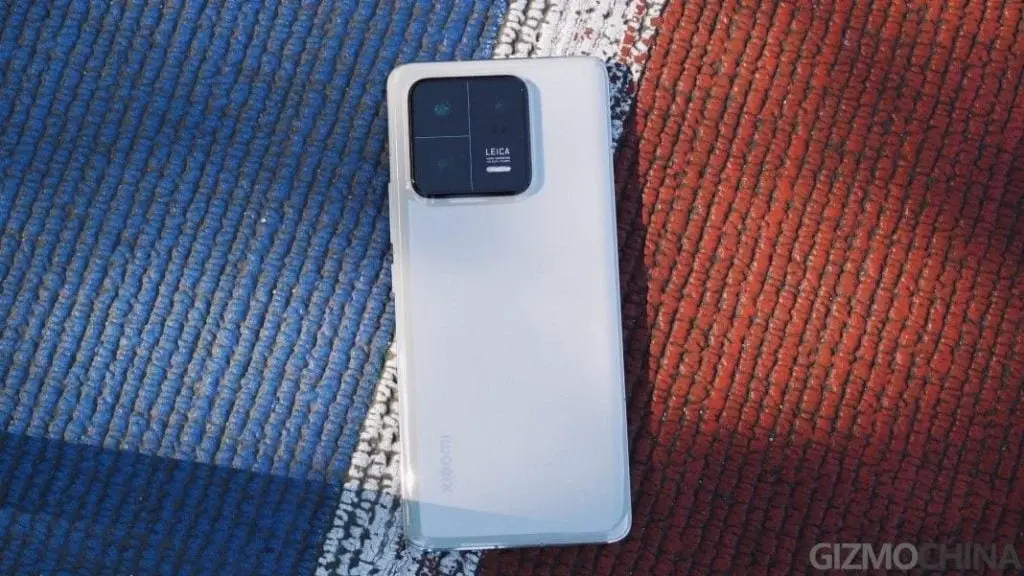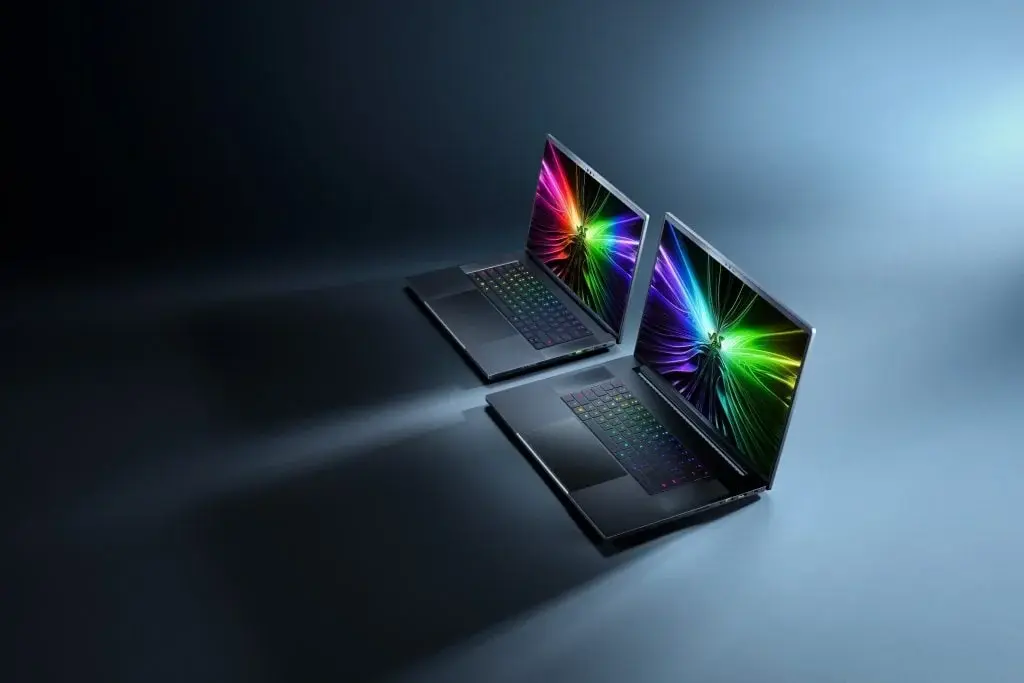The Philips 32E1S5900 4K smart monitor has recently been launched in the Chinese market. This new monitor from Philips features a 32-inch 4K display with dual-mode functionality. Currently, the product is available for pre-sale in China and it operates on the Android 9.0 operating system.
Impressive Features
The Philips 32-inch smart monitor offers exceptional 4K/HDR ultra-clear image quality with a resolution of 3840 x 2160 pixels and a 60Hz refresh rate. One of its notable features is the ability to switch between two display modes of the Android system and the monitor. It is equipped with 2GB of built-in running memory and 16GB of storage. The display of the Philips 32-inch 4K monitor provides access to various network resources, including education, television, children’s content, films, TV dramas, animations, and variety shows.
Advanced Display Technologies
This smart monitor incorporates a front-mounted LightSensor chip that can dynamically adjust the screen brightness according to the surrounding environment. It also incorporates low blue light and Flicker-free technologies, ensuring a comfortable viewing experience.
Seamless Connectivity and Easy Operation
The Philips 32-inch 4K smart monitor supports WiFi 5 and Bluetooth 5.0 connectivity, allowing for seamless wireless connections. Additionally, it can be controlled using the voice button on the remote control, enabling users to search for movies and adjust the volume effortlessly. The monitor boasts a 10-bit color depth, delivering vibrant and accurate colors. Its dual stereo speakers offer an impressive 5W output each. Users can wirelessly screencast content on the monitor and also utilize a USB-C direct connection for screen projection.
Convenient Interface and Charging Capabilities
The new Philips 32E1S5900 4K smart monitor features a 65W Type-C interface, making it compatible with direct connections to laptops and mobile phones. It also provides reverse charging functionality, allowing users to charge their smartphones and other mobile devices. Moreover, the monitor includes two HDMI 2.0 interfaces and two USB 2.0 interfaces, offering convenient connectivity options.
Pricing and Availability
The Philips 32E1S5900 4K smart monitor is priced at 1,999 yuan ($281) in China. As of now, there is no information available regarding its global availability and pricing.
In conclusion, the Philips 32E1S5900 4K smart monitor brings impressive features and advanced technologies to the Chinese market. With its high-resolution display, dual-mode functionality, and convenient connectivity options, this monitor offers a compelling option for consumers seeking an enhanced viewing experience.










